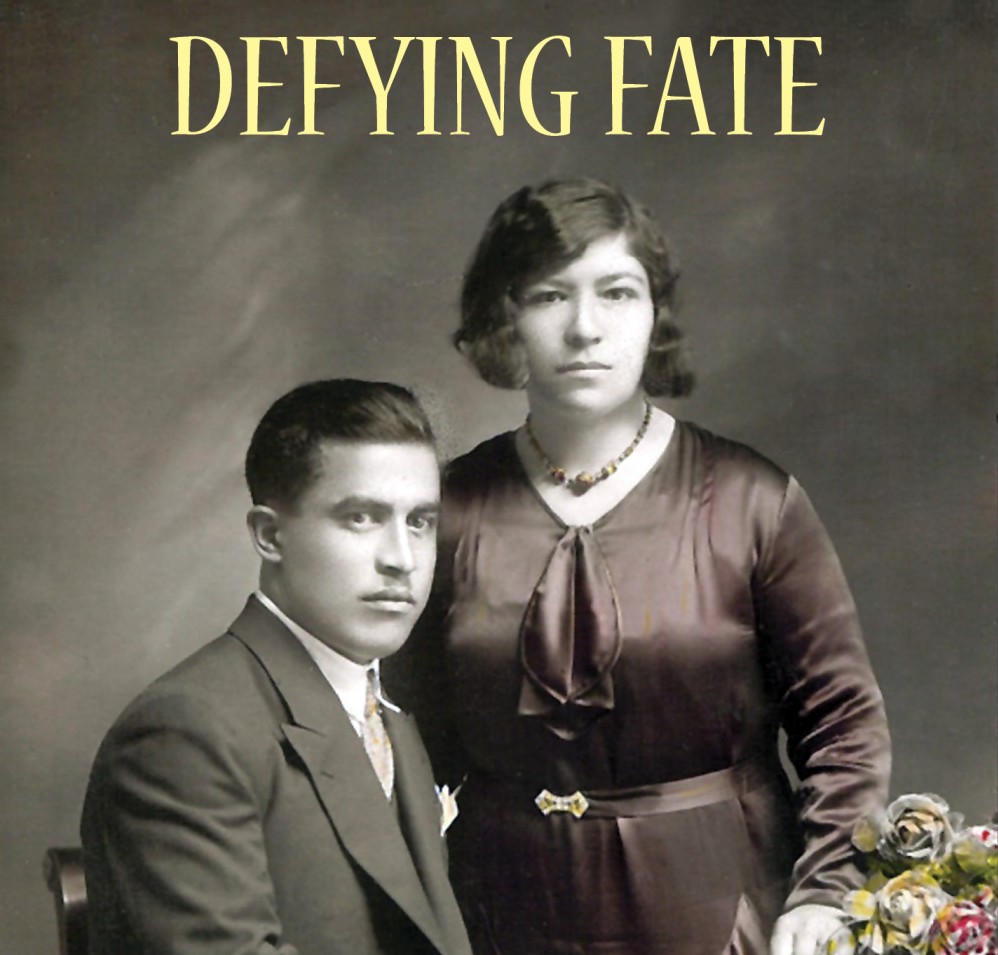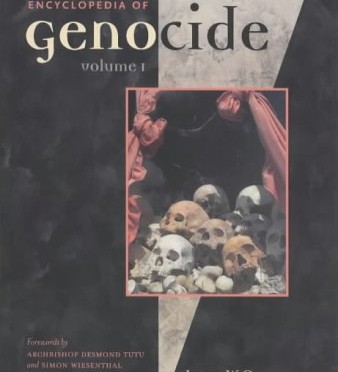Category: Publications
-

Armenian Genocide Reparations Study Group Publishes Final Report
YEREVAN—The Armenian Genocide Reparations Study Group (AGRSG) has just completed its final report, “Resolution with Justice – Reparations for the Armenian Genocide.” The report offers an unprecedented comprehensive analysis of the legal, historical, political, and ethical dimensions of the question of reparations for the Armenian Genocide of 1915-1923, including specific recommendations for the components of…
-

New Book Recounts Son’s Struggle to Understand Father’s Life after Genocide
(horizonweekly.com) Author Douglas Kalajian believes the title of his new book conveys a dilemma that will be familiar to many Armenian Americans born after the tumult that dislodged their parents and grandparents from their homeland. Stories My Father Never Finished Telling Me: Living with the Armenian Legacy of Loss and Silence, recounts Kalajian’s attempts to…
-

Genocide Memoirs of Aram and Dirouhi Avedian Published in LA
(armenianweekly.com) LOS ANGELES—Defying Fate, the memoirs of Aram and Dirouhi Avedian and the fifth volume of the Genocide Library, was published recently in Los Angeles. Dirouhi Cheomlekjian (later Avedian) was born circa 1907 in Izmit. In 1915, she and her family were deported by the Turkish government and marched to the Der Zor desert in…
-

Genocide Encyclopedias and the Armenian Genocide
by Alan Whitehorn* Special for the Armenian Weekly The two key human rights concepts of “crimes against humanity” and “genocide” have their roots in the response to the Young Turk mass deportations and massacres of Armenians in the Ottoman Empire during World War I. Following the April 24, 1915 mass arrests of hundreds of Armenian…
-
Turkish version of “Ravished Armenia” by Arshaluys Mardiganian published in Turkey
(horizonweekly.ca) – The Turkish version of “Ravished Armenia” by Armenian Genocide survivor Arshaluys Mardiganian has been published in Turkey. Arshaluys Mardiganian’s “Ravished Armenia” has been translated into Turkish language by the former worker of Istanbul-based “Agos” periodical Tiran Lokmagyozyan. The book was publishrd by Turkish Pencere Yayınları publishing house. Taraf’s columnist Özlem Ertan reflected upon…
-
New book provides shocking evidence of German co-responsibility in Armenian Genocide
The Zoryan Institute PRESS RELEASE “Keep Turkey on our side … whether as a result Armenians do perish or not.” The German ambassador in Constantinople, Count Paul Wolff-Metternich, wrote to the Imperial Chancellor, Theobald von Bethmann Hollweg, in Berlin on December 7, 1915: … Our displeasure over the persecution of the Armenians should be clearly…
-
Interview with Katia Peltekian – author of ‘’The Times of the Armenian Genocide: Reports in the British Press (1914-192)’’
By Vahakn Karakachian (horizonweekly.ca) – Q- You are a staunch researcher of the Armenian Genocide archives in the foreign press. How did you start this mission? A-I am not sure if I should be called a staunch researcher since this is not my field of study. I am perhaps an avid reader of news, which…
-
“Belge” Publishes Svazlian’s Book In Turkish
by Alisa Gevorgyan YEREVAN (ArmRadio)—The Turkish-language version of Verzhine Svazlian’s book, Armenian Genocide: Testimonies of Eye-Witness Survivors, has been published by Begle publishing house, headed by Ragip Zarakolu. The Turkish publisher was in Yerevan Tuesday to participate in the book’s Turkish-language release. The Armenian and English publications of the book were released earlier. The book…
-
ABC 7.30 airs feature on Turkish Gallipoli ban threat against Australians
(armenia.com.au, SYDNEY) – Australia’s national broadcaster, the ABC (Australian Broadcasting Corporation), aired a powerful feature on Australia’s connection to the Armenian Genocide, and the recent threats made by the Turkey’s Foreign Ministry to ban Australian politicians from attending ANZAC Day centenary commemorations in Gallipoli. The feature was part of the prime-time “7.30” program (WATCH THE…
-
Turkey’s “race codes” and the Ottoman legacy
VICKEN CHETERIAN 20 August 2013 The revelation that modern Turkey continues secretly to classify its citizens according to religious criteria reflects the weight of the Ottoman past. It also has implications for those in the middle east seeking a state based on equality before law, says Vicken Cheterian. Only days before the verdict in the latest…